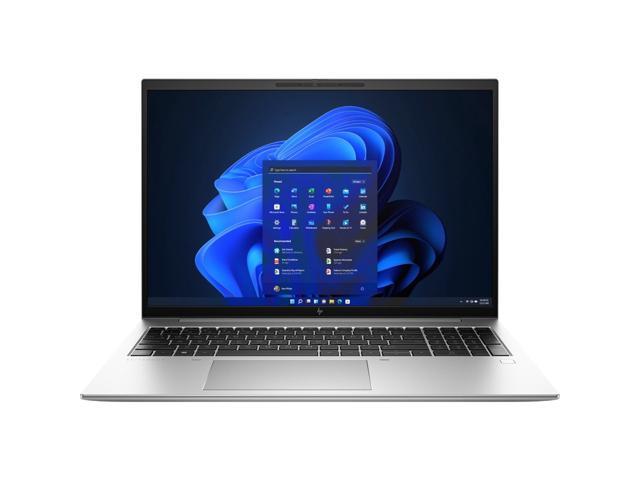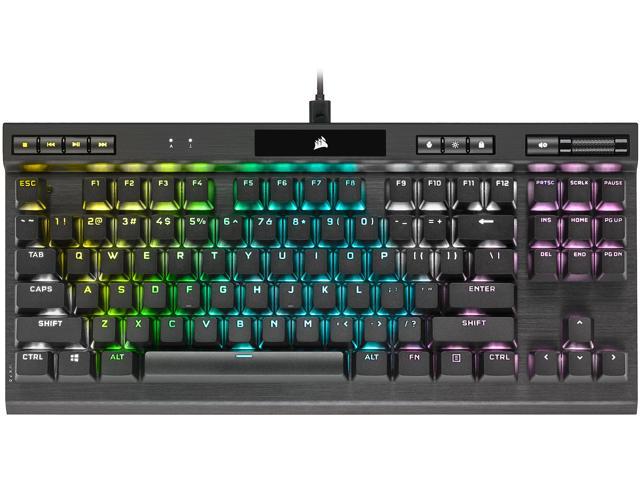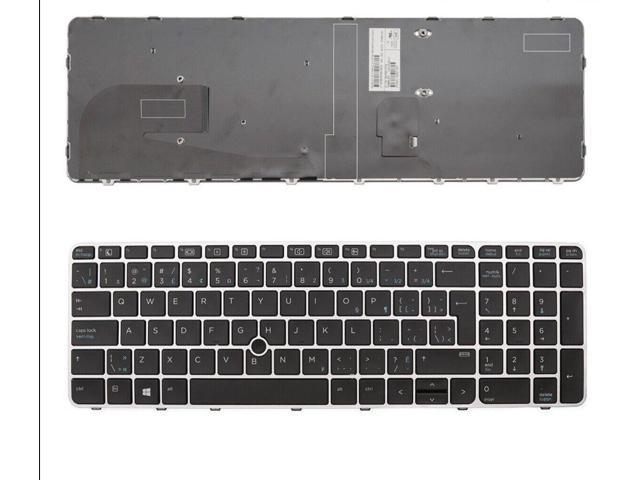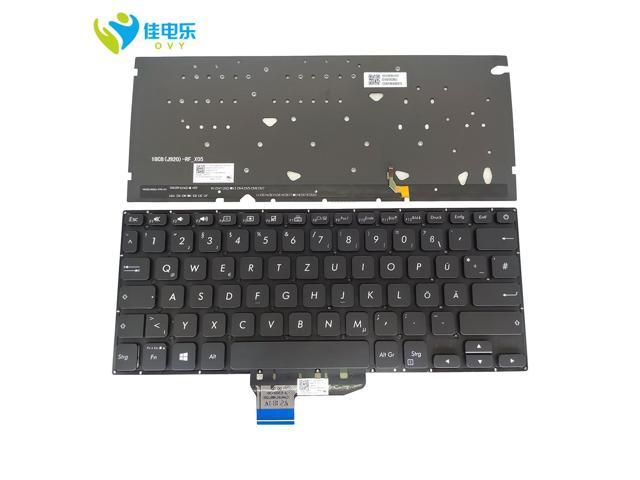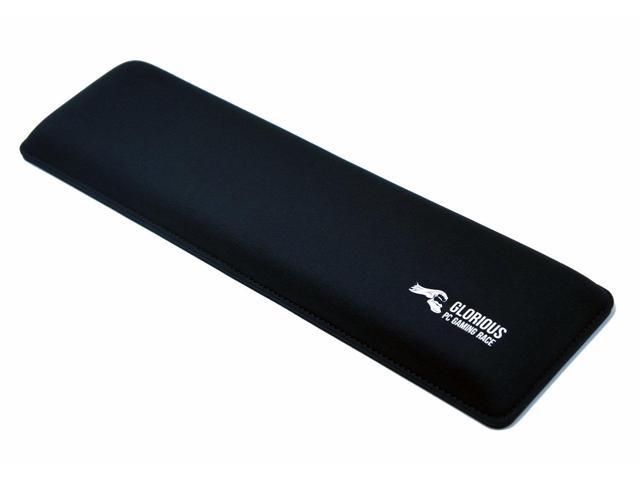A Book on Cconveys an appreciation for both the elegant simplicity and the power of this general-purpose programming language. By presenting interactive running programs from many application areas, this book describes the ANSI version of the C language. The complete language is presented in a step-by-step manner, along with many complete working programs. Where appropriate, we discuss the differences between traditional C and ANSI C. Traditional C still remains in wide use. Dozens of example programs are available to illustrate each important language feature, and many tables summarize key information and provide easy access for later reference. Each chapter ends with a summary and exercises. The summary reviews key elements presented in the chapter, and the exercises augment and extend the text. This book assumes a general-purpose knowledge of the C language. It is intended for use in either a first or second programming course. However, it can be readily used in conjunction with courses on topics such as comparative programming languages, computational linguistics, data structures, database systems, fractal geometry, graphics, numerical analysis, operating systems, programming methodology, and scientific applications. C is suitable for applications from each of these domains, and all features of C needed to code such applications are explained. This book is appropriate for a data structures course because advanced data structuring features such as enumeration types, unions, self-referential structures, and ragged arrays are discussed. For operating systems courses concerned with UNIX or Windows 95/NT, the book explores the file structure and systems routines that enable the C programmer to add to existing systems libraries and understand the C code underlying the operating system. For applications programming and scientific programming, there is discussion of how to write sample function libraries. Statistics, root finding, sorting, text manipulation, file handling, and game playing are all represented with working code. New Java Section. In Chapter 14, “Moving from C to Java,” we discuss how the C programmer can very naturally and easily begin programming in Java, a language of interest for work on the Internet. The Java programming language borrows ideas from both C and C++ and is designed to run in a machine- and system-independent manner. This makes it suitable for Internet work, such as writing applets for Web pages that get used by browsers. Because Java is an extension of C and C++, it is readily learned by the C programmer. Complete ANSI C Language. Computer professionals will have access to a complete treatment of the language, including enumeration types, list processing, and the operating system interface. Chapter 1, “An Overview of C,” presents an overview of the language. After reading this chapter, the professional will already be able to write C code. Since the chapters are self-contained, the knowledgeable reader can skip to particular sections as needed. Chapter 11, “Input/Output and the Operating System,” gives a thorough introduction to the connections to the operating system. This information will benefit the professional systems programmer needing to use C to work within an MS-DOS or UNIX environment. Interactive Environment. This book is written entirely with the modern interactive environment in mind. Experimentation is encouraged throughout. Keyboard and screen input/output is taken as the norm, and its attendant concerns are explained. Thus, the book is appropriate for users of small home and business computers as well as to users of large interactive systems. We assume that the reader will have access to an interactive ANSI C system. During the writing of this book, we used a number of different C systems: various Borland and Microsoft compilers running on IBM-compatible Pentium machines, the GNU gcc compiler and native compilers running on various workstations from DEC, SGI, and Sun, and the C compiler that runs on the Cray supercomputer in San Diego. Working Code. Our approach to describing the language is to use examples, explanation, and syntax. Working code is employed throughout. Small but useful examples are provided to describe important technical points. Small because small is comprehensible. Useful because programming is based on a hierarchy of building blocks and ultimately is pragmatic. The programs and functions described in the book can be used in actual systems. The authors’’ philosophy is that one should experiment and enjoy. Dissections. We use highlighted “dissections” on many programs and functions throughout the book. Dissection is a unique pedagogical tool first developed by the authors in 1984 to illuminate key features of working code. A dissection is similar to a structured walk-through of the code. Its intention is to explain to the reader newly encountered programming elements and idioms found in working code. Flexible Organization. This book is constru




